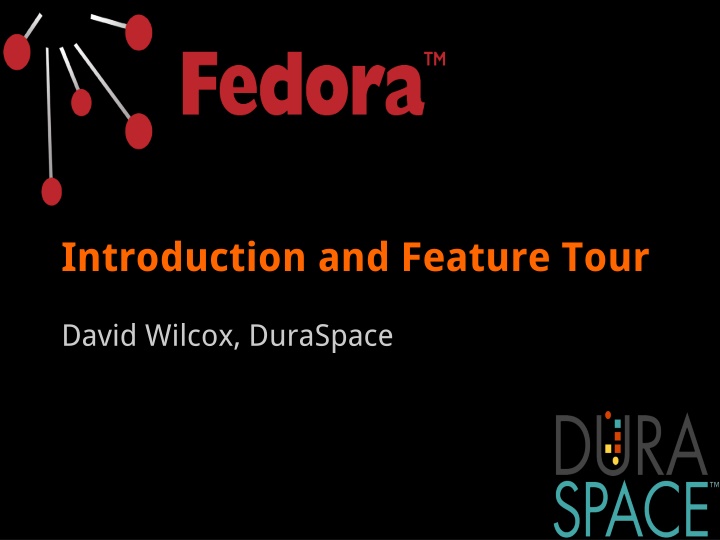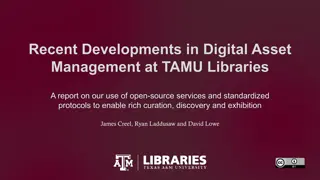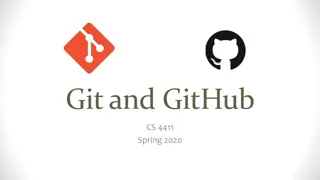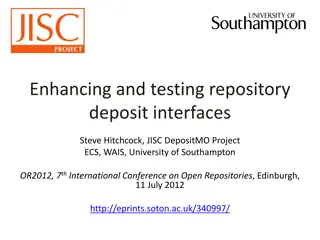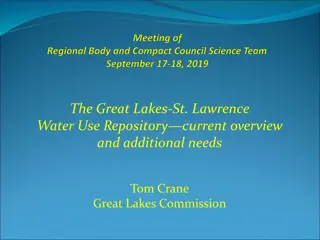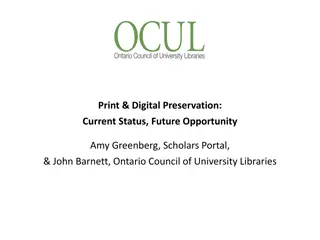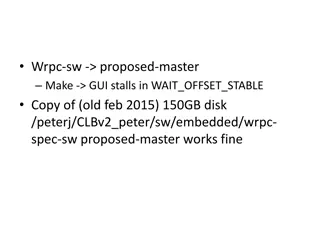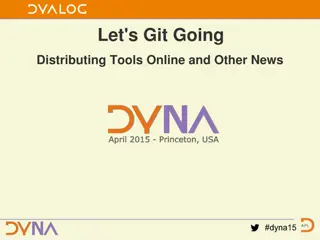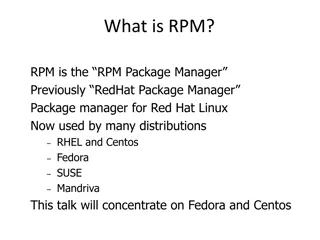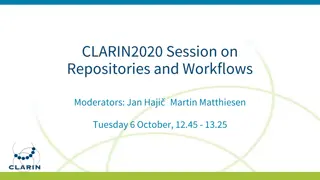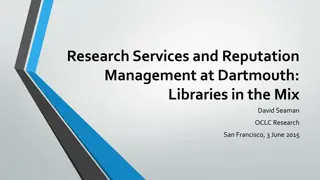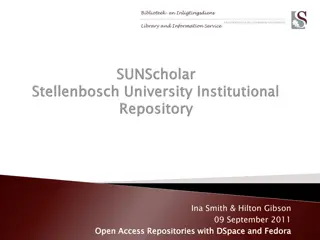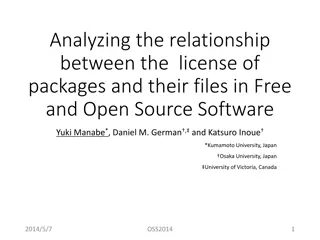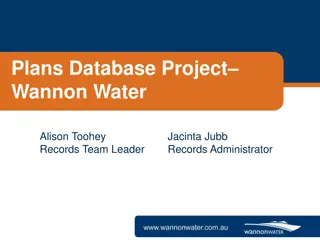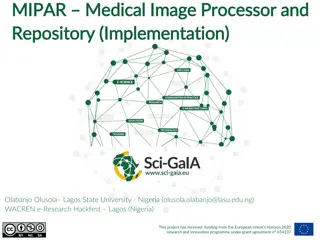Fedora Repository: A Comprehensive Overview
Delve into the world of Fedora Repository, a secure software that stores, preserves, and provides access to digital materials while supporting complex semantic relationships and interoperability with other applications. Learn about the 2014 Fedora Members and the governance of Fedora by stakeholders from various institutions.
Download Presentation

Please find below an Image/Link to download the presentation.
The content on the website is provided AS IS for your information and personal use only. It may not be sold, licensed, or shared on other websites without obtaining consent from the author.If you encounter any issues during the download, it is possible that the publisher has removed the file from their server.
You are allowed to download the files provided on this website for personal or commercial use, subject to the condition that they are used lawfully. All files are the property of their respective owners.
The content on the website is provided AS IS for your information and personal use only. It may not be sold, licensed, or shared on other websites without obtaining consent from the author.
E N D
Presentation Transcript
Introduction and Feature Tour David Wilcox, DuraSpace
DuraSpace and Fedora Fedora is a DuraSpace project It is built and funded by the community Fedora is governed by representatives from stakeholder institutions
2014 Fedora Members (63) Arizona State University Libraries National Library of Medicine University of Connecticut Libraries Brown University Library National Library of Wales / Llyfrgell University of Hull Case Western Reserve University Libraries Genedlaethol Cymru University of Lausanne Charles Darwin University National Research Council of Canada University of Manitoba Colorado Alliance of Research Libraries (CARL) Northeastern University Libraries University of Massachusetts Amherst Libraries Columbia University Library Northwestern University Libraries University of New South Wales Cornell University Ohio State University of Notre Dame Docuteam GmbH Oregon State University of North Carolina Durham University Pennsylvania State University University of Oklahoma Emory University Princeton University University of Pittsburgh FIZ Karlsruhe Rutgers University Libraries University of Oxford George Washington University Smithsonian Institution, Office of Research University of Prince Edward Island Ghent University Library Infomation Services University of Rochester Libraries Gothenburg University Library Stanford University University of Texas Libraries Austin Indiana University State and University Library of Denmark University of Toronto ICPSR Technical University of Denmark University of Virginia Johns Hopkins University Libraries The Art Institute of Chicago University of Western Sydney La Trobe University Tufts University University of Wisconsin London School of Economics & Political University of Alberta University of York Science University of California, Los Angeles Uppsala University LYRASIS University of California, Santa Barbara Yale University Macquarie University University of Cincinnati York University
What is a Fedora Repository? Secure software that stores, preserves, and provides access to digital materials Supports complex semantic relationships between objects both within and outside the repository Supports millions of objects, both large and small Capable of interoperating with other applications and services
Fedora 4 Project Goals Improved performance Flexible storage options Research data management Linked open data support Improved platform for developers
Fedora 4 Production Release Fedora 4.0 released November 27, 2014 Built by 34 Fedora community developers Fedora 4 is a native citizen of the semantic web Support for Hydra and Islandora
New Vocabulary Fedora 3 Fedora 4 Objects and datastreams Resources Objects Containers Datastreams Binaries
Linked Data Fedora 4 conforms to the LDP 1.0 recommendation Metadata can be represented as RDF triples that point to resources inside and outside the repository Many possibilities for exposing, importing, sharing resources with the broader web
Content Models Content can be modeled using RDF properties Cross-community design has produced PCDM: Portland Common Data Model PCDM combines common ontology with LDP interaction model
Standards Focus on existing standards Fewer customizations to maintain Opportunities to participate in related communities
Core Fedora Services Create, Read, Update, Delete Versioning Authorization Transactions Fixity Import and export
Two Feature Types External components that consume and act off repository messages Optional, pluggable components that interact with Fedora 4 using a common pattern
External Component Integrations Leverage the well-supported Apache Camel project Indexing to search application Indexing to external triplestore Generating and indexing RDF for audit events
Pluggable components File System Connector OAI Provider SWORD Server
Metrics A number of scalability tests have been run: o Uploaded a 1 TB file via REST API o 16 million objects via federation o 10 million objects via REST API
Transaction Performance Multiple actions can be bundled together into a single repository event (transaction) Transactions can provide a 30-60% performance improvement
Clustering Two+ Fedora nodes can be clustered together Fedora 4 currently supports clustering for high- availability A load balancer can be used to evenly distribute read requests across each Fedora node
Further Reading Fedora 4 Wiki o https://wiki.duraspace.org/display/FF/ Fedora 4 Documentation o https://wiki.duraspace.org/display/FEDORA4 x/Fedora+4.x+Documentation
